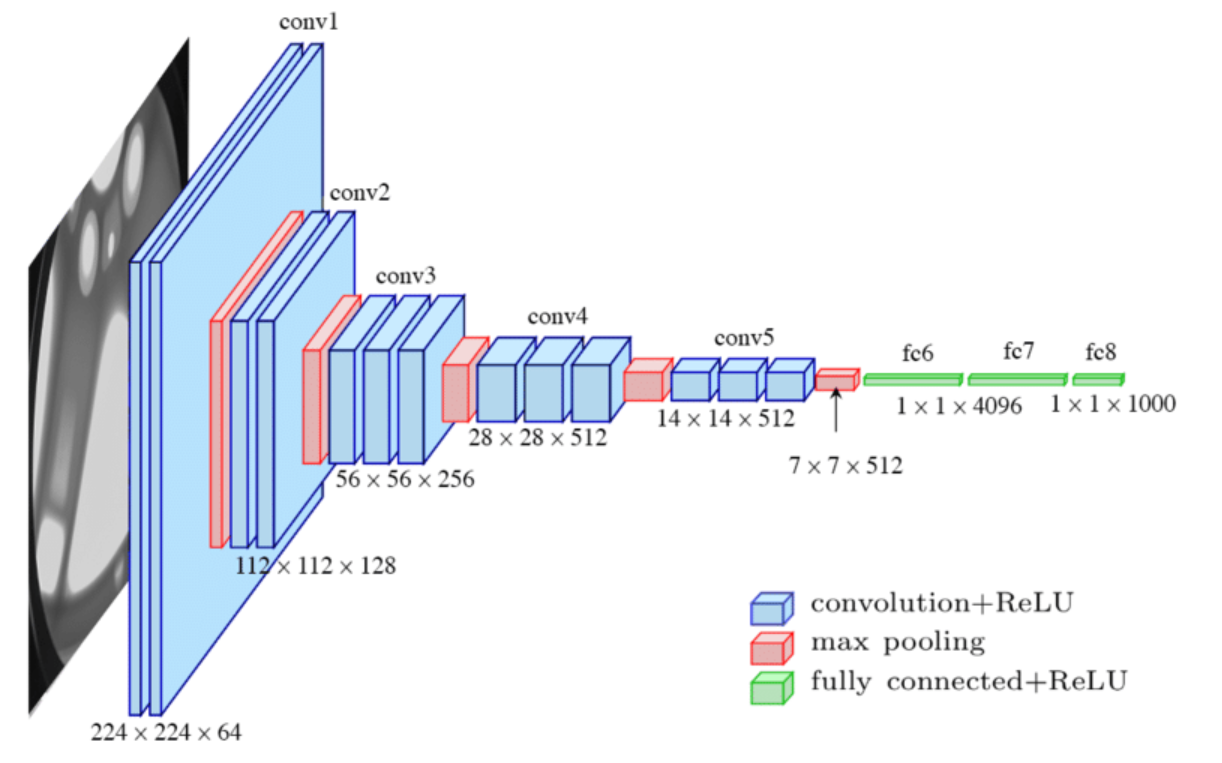MobileNet Architecture

In this blog post, we will explore the MobileNet architecture, which leverages depthwise separable convolutions to create computationally efficient neural networks. MobileNet v1 introduced the concept of depthwise separable convolutions, and MobileNet v2 further improved upon this architecture by incorporating residual connections and bottleneck blocks.
MobileNet v1
The MobileNet v1 architecture consists of a series of blocks, each comprising a depthwise convolutional operation followed by a pointwise convolutional operation. This block is repeated multiple times to process the input image and make a classification prediction. The depthwise separable convolutions in MobileNet v1 significantly reduce computational cost while maintaining performance. After the series of blocks, typical layers like pooling, fully connected, and softmax are applied to generate the final classification output.
MobileNet v2
MobileNet v2 builds upon the MobileNet v1 architecture with two main enhancements. First, it incorporates residual connections, which allow gradients to propagate more efficiently through the network. The residual connection passes the input from the previous layer directly to the output. Second, MobileNet v2 introduces an expansion layer before the depthwise convolution. The expansion layer applies a 1x1 convolution with a larger number of filters, increasing the dimensionality of the block. This expansion allows for a richer representation to be learned within the bottleneck block. The subsequent depthwise convolution and pointwise convolution reduce the dimensionality back to the desired output size.
Benefits of MobileNet v2
The MobileNet v2 architecture offers several advantages. The addition of residual connections improves gradient flow and facilitates more effective training. The bottleneck blocks, with their expansion and projection steps, enable the network to learn richer and more complex functions while keeping memory requirements relatively small. This combination of techniques results in improved performance compared to MobileNet v1 while still maintaining computational efficiency.
Conclusion
MobileNet architectures, such as MobileNet v1 and MobileNet v2, provide efficient solutions for building neural networks with reduced computational complexity. By leveraging depthwise separable convolutions, residual connections, and bottleneck blocks, MobileNets achieve high performance while being suitable for deployment on resource-constrained devices. If you’re interested in developing efficient neural networks, exploring ideas like MobileNet architecture and efficient nets can be highly beneficial.
Note: For more in-depth information and specific dimensions of different layers in MobileNet v1 and v2, it is recommended to refer to the original research papers by Mark Sandler and his colleagues.